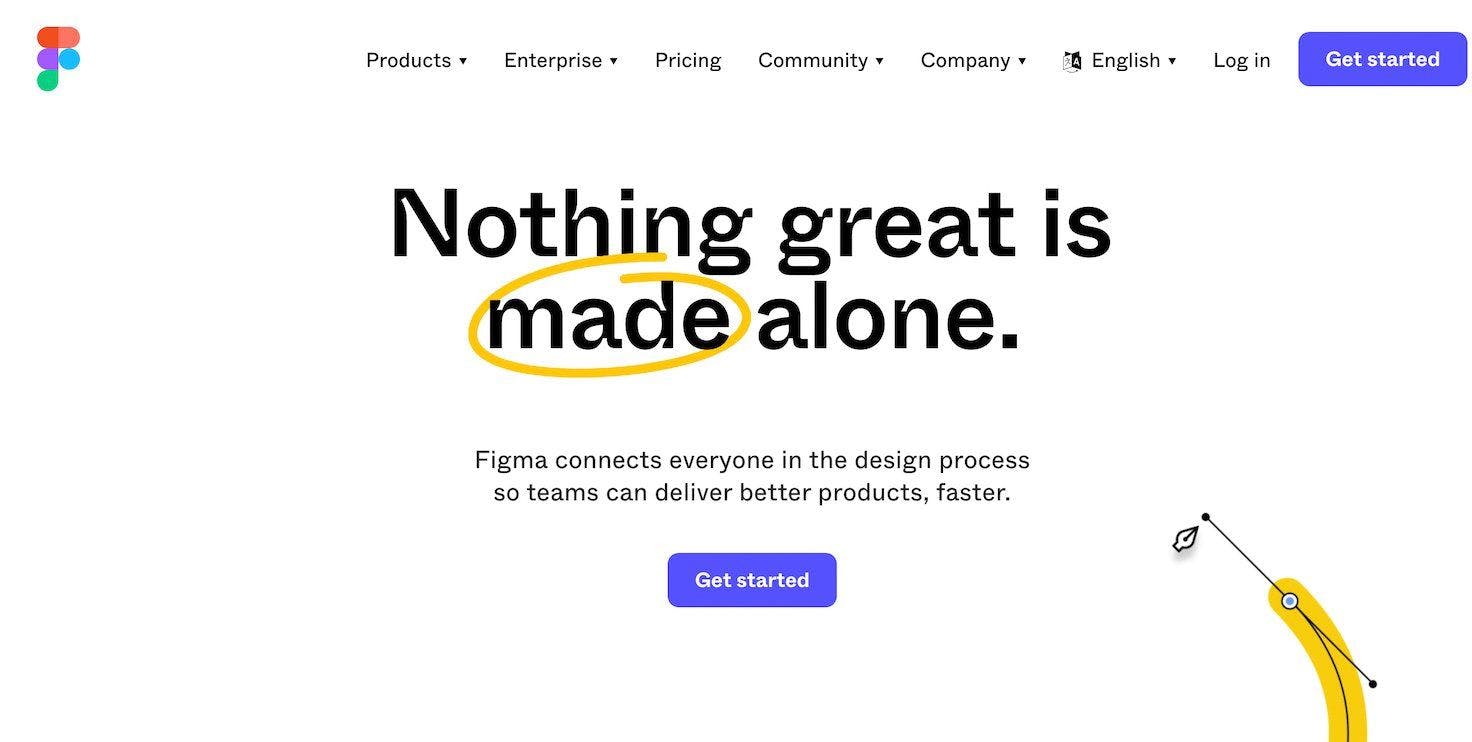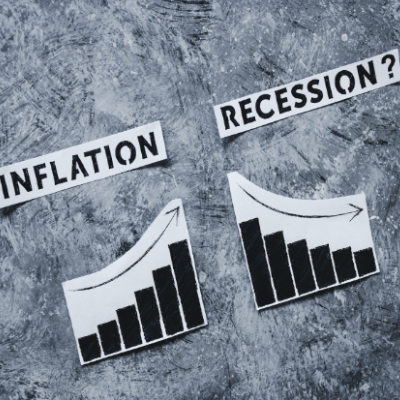Adweek Asks Traction about B2B CMOs in 2023

By Adam Kleinberg
Adweek interviewed Traction CEO recently about the challenges B-to-B marketers are facing in 2023 and how they can overcome them.
Nobody wants us to see the economy facing choppy waters, yet here we are. Dave Kaplan from Adweek called Traction's CEO, Adam Kleinberg , to ask his opinion on what this means for B-to-B CMOs making plans for 2023.
If you have an Adweek subscription, you can read the story, " It's 'Return to Anxiety' for B-to-B CMOs' 2023 Planning Season ," or you can email our business development team for a copy, but below are a few of the key takeaways Adam shared.
Understand the reality your buyer is facing.
B-to-B marketers are selling to customers at businesses. Those businesses have CFOs that control budgets. And given the yo-yo economy we have experienced in recent years—really dating back to 2009—those CFOs are understandably cautious about allocating budgets. Adam explained:
"Consumer marketers have it easier because their customers don't have CFOs to answer to. B-to-b marketers are marketing to people in companies that are anticipating lower revenue in 2023. They must justify every dollar they spend in terms of the dollars it will bring back or the dollars they will save."
This does not mean that spending is being universally turned off.
An interesting data point shared in the article is that 42% of CMOs in fast-growing companies are increasing their demand generation spend while only 30% of those with flat or declining revenue. Those fast-growing CMOs invested 6.1% to 9% of annual revenue in marketing in 2021.
This gulf in demand generation spend between the winners and losers will only widen the gap. Winners spend more, they win more. Losers spend less, they get farther behind the competition.
It's time to re-evaluate your message.
A tougher economic climate creates immediate needs for companies that show how their capabilities can solve other businesses' problems.
B-to-b marketers need to reevaluate how they are positioning their products and solutions—and the content they are putting in market to sell them, Kleinberg said. That's an opportunity for b-to-b CMOs. Their customers are struggling with navigating genuine threats to their revenues and expenses right now.
"If you adjust your messaging to address the environment they are currently facing, they will find it more relevant," Kleinberg said. "If you create content that actually helps them solve a problem, they will engage with it."
When we develop brand narratives for clients at Traction, a core step in the process is talking to their customers or potential customers, as well as stakeholders throught the organization that are close to customers such as sales and customer success leaders.
We hear this consistently. When budgets are tight, potential buyers are looking for opportunities to deliver value to their organizations more than at any other time. If your solution helps your customers do more with less, that should probably come to the fore right now.
Practially, this means CMOs should re-evaluate messaging and adjust your content to zero in on quantifiable benefits. Make sure you clearly convey what problem you solve for customers, how you do it, and why you do it. Behavior is motivated by rational and emotional factors, so make sure to address both in your brand narrative.
Make sure you understand the customer journey.
The bottom line is that B-to-B marketers need to make sure that the investments they make are helping dollars come in the door—whether directly or indirectly.
The right balance is found through clear discussions with the clients to make sure the b-to-b brand understands how to map the customer journey, said Kleinberg.
"It's shocking how often those talks are neglected," he added. "This is a great opportunity for marketing to collaborate with sales. When you identify points of friction in the journey, you can focus and prioritize your efforts on the tactics and messaging that will really move the needle."
When we do Customer Journey workshops with clients, we often are able to identify friction points in the buying process. Actually, some are very easy to identify because the sales team is standing on their chairs screaming them. Once you understand those friction points, you've got something for marketing and sales to focus on that can help break through.

Adobe just paid an eye-popping $20 billion for Figma, a company some people are hardly familiar with. Many may be scratching their heads, wondering ‘WTF?’

The ANA recently called Traction CEO, Adam Kleinberg, and our client, Matt Agronin, CMO of the consultative outsourcing leader, Ubiquity, for some advice for B2B marketers.

You’ve probably seen people practicing Tai Chi in the park and seen it touted as a meditation and wellness practice. But the principles of Tai Chi can also apply to business.
